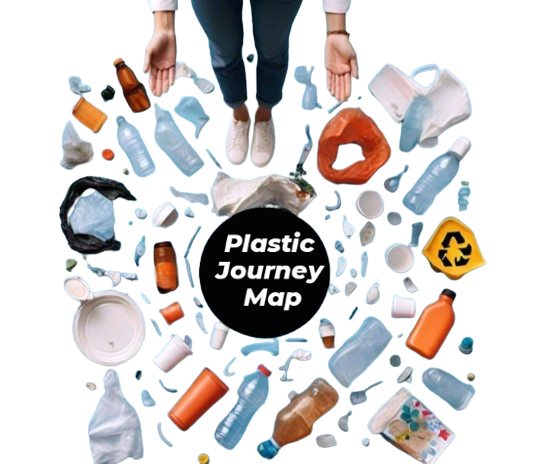Plastic Journey Map
Plastic Journey Map
Tracking the journey towards a plastic-free world, step by step.
The Plastic Journey Map: Unveiling the Truth
Plastics have become an integral part of our daily lives, but the story behind their journey is complex and often overlooked. From production to recycling, the plastic journey map reveals the fascinating yet concerning tale of plastics.
Production:
Plastics are born from petroleum and natural gas, extracted and refined into raw materials like polyethylene and polypropylene. This process requires significant energy and resources, contributing to greenhouse gas emissions.
Manufacturing:
These raw materials are then molded into various forms, creating products like bottles, bags, packaging materials, and microbeads. The manufacturing process involves additives, colorants, and chemicals, which can harm human health and the environment.
Distribution:
Products are transported to stores, filling shelves with an array of plastic goods. This process involves extensive transportation networks, leading to additional emissions and pollution.
Consumption:
We buy, use, and discard plastics, often without a second thought. Single-use plastics, in particular, have become a significant concern, with millions of tons ending up in landfills and oceans annually.
Waste Management:
Plastics are collected and sorted, but many end up in landfills or oceans, harming the environment and wildlife. Improper waste management leads to plastic pollution, contaminating soil, water, and air.
Recycling:
Some plastics are recycled, transformed into new products, reducing waste and conserving resources. However, the recycling process is often inefficient, and many plastics are not recyclable.
The plastic journey map highlights the need for sustainable practices, increased recycling, and reduced plastic use. By understanding the plastic lifecycle, we can make informed choices, mitigating the harmful effects of plastics on our planet. It’s time to rethink our relationship with plastics and strive for a more circular economy.
